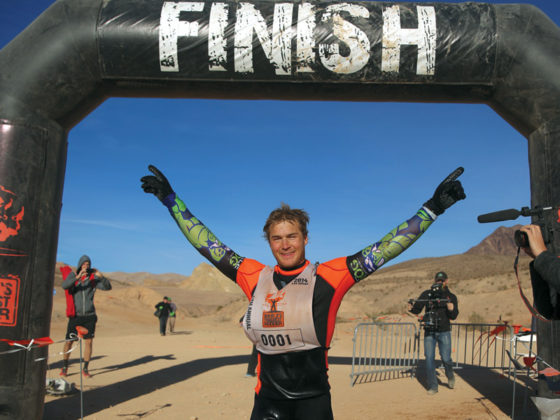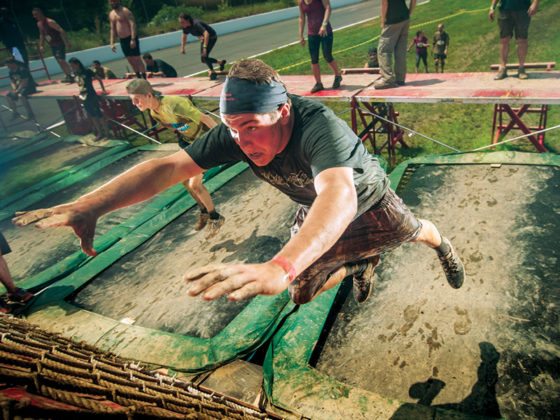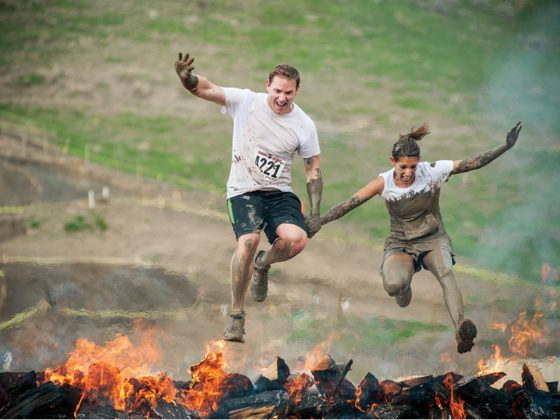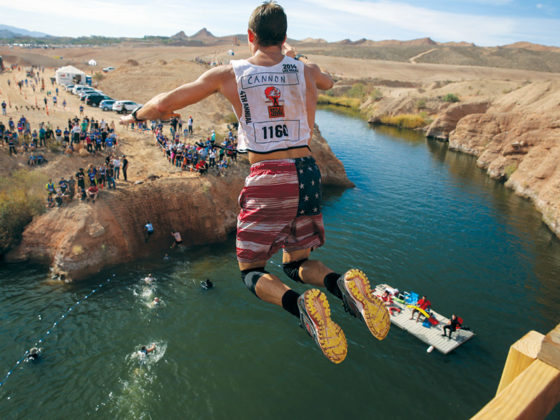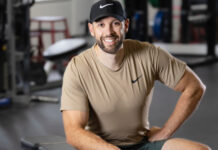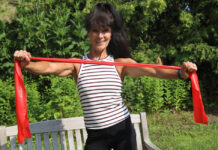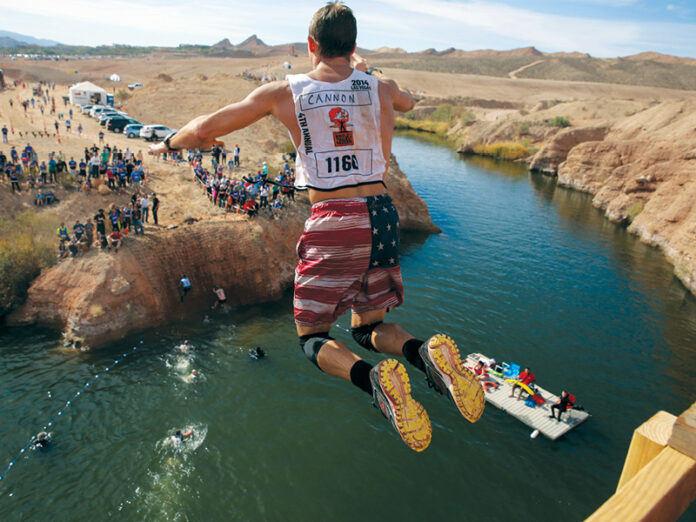
When I met CEO Will Dean at his World’s Toughest Mudder event last year at Lake Las Vegas, Nev., he told me that in four years, the company has served 1.5 million competitors. That’s a ton of racers.
The number of people entering the sport is staggering, with new obstacle course races (OCR) and race series popping up across North America. With many races offering cash prizes, it has bred a strong field of elite competitors who enter from a wide array of sports including CrossFit, mountain biking, running (steeplechase to ultras), Nordic skiing, soccer, football and more. As such, this melting pot of talent has produced some interesting and effective approaches to training.
Having sipped the Kool-Aid myself, racing in arguably the two toughest OCR events in North America and loving it, I’ve developed a clear idea of the type of physical training required to succeed in this booming sport.
1. Strength vs. Cardio
Both are very important but your training emphasis and ratio should reflect the distance, with longer races requiring more focus on endurance. Canadian biathlete and 2014 Spartan Beast world champion Claude Godbout, of Quebec City, works strength into her training once or twice per week, preferring to focus on cardio workouts that use the full body, such as skiing. Former elite mountain bike racer and OCR posterboy, Ryan Atkins, of Caledon, Ont., trains 70 per cent cardio to 30 per cent strength, but notes that pure runners should put more emphasis on strength, depending on the requirements of the race (i.e. Spartan vs. Warrior Dash). A mixed cardio regime seems to produce the best results on race day, so mix road and trail running, cycling, rowing, paddling and even skiing, if you can, into your training regimen.
2. Perfect Cardio
Ideal cardio workouts for OCR will be a mix of base-building lower-intensity sessions mixed with higher-intensity training. Workouts where you mix movements, such as a run where you hit the playground and use the monkey bars, climb ladders and structures will help replicate race day. In the gym, this could be a treadmill run or spin bike session broken up with some hard efforts on a rowing machine.
3. Build your Strength Outside-In
OCR demands total body strength. Many trainers have locked in on core conditioning (more on this), but at these events, the toughest obstacles tend to be those that rely heavily on grip-strength and lifting your bodyweight. With this in mind, it’s important to build upper-body strength from the outside-in, focusing on exercises that enhance your ability to lift or hang. Both Atkins and OCR ace Hunter McIntyre, of Malibu, Calif., (winner in the team category at the 2014 World’s Toughest Mudder) are big on grip strength, with Atkins advocating a mixture of rock climbing and traditional lifting. McIntyre is a fan of anything kettlebell. I found a mix of chin-ups and rock climbing prepared me well for the variety of obstacles on the course. Remember this — if your grip fails, it doesn’t matter how strong the rest of your body is — you’re still on the ground or restarting the obstacle.
4. Lock and Load
The core is the foundation of your physique. It holds you together, helps prevent injury and, as such, needs your attention so you can swing injury free on the monkey bars at your next race. Most elites don’t specifically target core exercises in favour of doing more full-body movements that require core engagement. Hunter advocates kettlebell workouts, sand bag carries and Turkish get-ups as his favourites, while Atkins adds planking to his workouts for fun.
5. Bodyweight vs. Steel
Most OCR events will require competitors to hoist themselves over walls, up ropes, across monkey bars and carry heavy loads. This creates something of a training dilemma, as you need to train full-body, dynamic movements as well as build strength for specific obstacles. Amelia Boone and Cassidy Walton, both top OCR pros from Chicago and Los Angeles, approach this differently. Boone is a fan of variety in her weight lifting, opting for a mix of steel and bodyweight exercises, depending on the day and need for recovery. Walton is all about cold, hard, rusty, dirty steel, but both are advocates of big movements such as squats, deadlifts, lunges, presses, push-ups, and cleans. Atkins, on the other hand, owes his remarkable strength primarily to bodyweight exercises.
Top OCR Races in North America
If you are looking for an obstacle course race, try these North American race brands.
- Mud Hero – www.mudhero.com
- Mudd, Sweat & Tears – www.muddsweatandtears.com
- Rugged Maniac – www.ruggedmaniac.com
- Spartan – www.spartanrace.ca
- Tough Mudder – www.toughmudder.com
- Warrior Dash – www.warriordash.com


